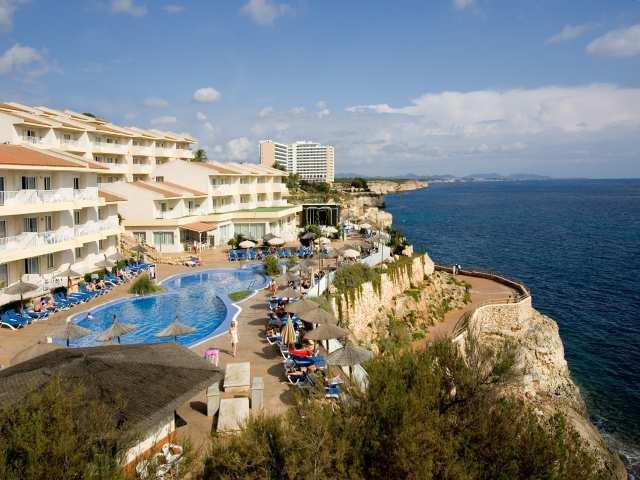MALLORCA was the Spanish tourist resort which registered the highest number of overnight hotel stays last year, with 41.6 million, new National Statistics Institute estimates reveal.
Almost six and a half million tourists visited the island during 2011, of which 5.5 million were foreign residents.
Regionally the Balearics were only topped by the Canary Islands.
There were 54 million overnight stays in the Balearics out of 286.6 million nationally.
Of the 41.6 million nights spent in Mallorca hotels, 8.7 million were in Calvia and 8.1 in Palma de Mallorca.
This year expectations for international tourist arrivals in the Balearic Islands are high. Regional president Jose Ramon Bauza and Tourism Minister Carlos Delgado believe that this year will “see the biggest increase in recent years.”
In particular they predict that there will be plenty of British and German tourists, the latter due to the strength of their economy. However, their expectations from the domestic market was not as hopeful.
Meanwhile, the estimated volume of reservations for package tours to the Balearics is at similar levels to 2010, according to Marcial Rodriguez, director of the Balearic Tourism Agency ABT.
“Tour operators will continue to offer the islands as a tourist destination,” he said. The Balearics is a “strategic” destination, he believes.
Best in EU
The National Statistics Institutes estimates revealed similar results to a new report by EU statistics office Eurostat.
It calculated, with 288 million overnight stays, that Spain topped the EU followed by Italy, Germany and France respectively.
The total nights spent in hotels across the EU last year was 1.6 billion. In 2011 non-residents accounted for almost half of the total number of nights spent in hotels in the EU.
Spain again topped this list with 177 million overnight stays by non-residents in 2011, almost 15 per cent more than the year before.
Overnight stays increased in all EU countries except Italy, with the biggest rise seen in Lithuania, with almost 20 per cent more than the previous year.
By Nicole Hallett


